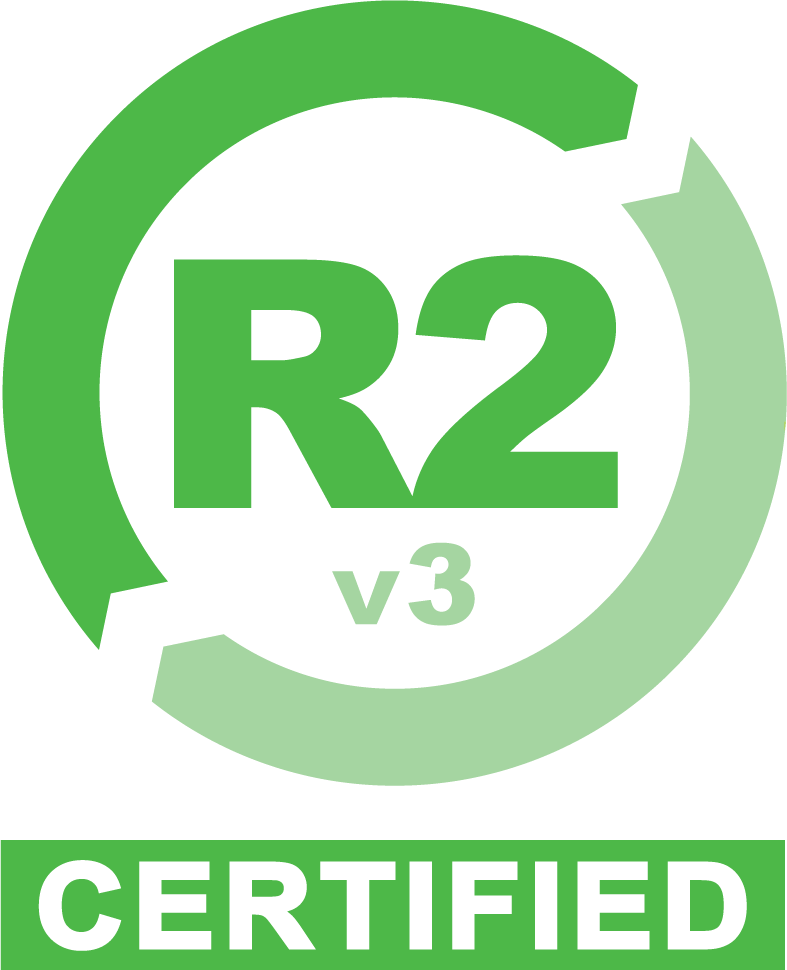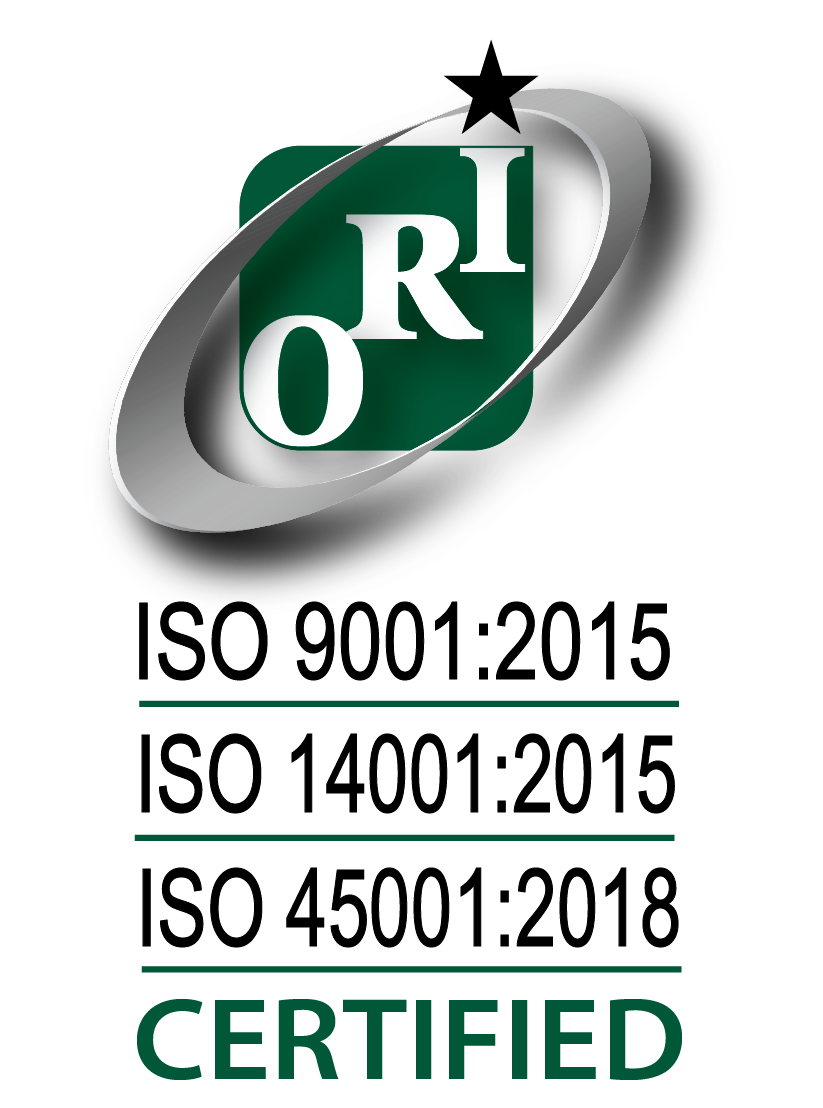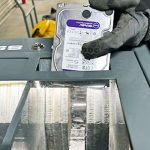SERI R2 : V3 Certification 
What is SERI?
Sustainable Electronics Recycling International (SERI) is a non-profit organization dedicated to the responsible reuse, repair, and recycling of electronic products.
SERI is the housing-body for the R2 Standard and works with a coalition of partners to raise awareness of electronics repair and recycling issues around the world.
What does R2 Certification mean?
The Responsible Recycling Standard
The R2:V3 Standard is the leading global certification standard for the electronics reuse and recycling industry. The requirements in the R2 Standard are designed to protect people, protect the environment, protect data, and preserve resources. This is achieved through rigorous annual 3rd-party audits of R2 certified facilities, and through transparency and accountability throughout the entire reuse/recycling chain of used electronic products.
ISO Certifications
What is ISO?
The ISO story began in 1946 when delegates from 25 countries met at the Institute of Civil Engineers in London and decided to create a new international organization ‘to facilitate the international coordination and unification of industrial standards’. On 23 February 1947 the new organization, ISO, officially began operations.
Today they have members from 161 countries and 780 technical committees and subcommittees to take care of standards development. More than 135 people work full time for ISO’s Central Secretariat in Geneva, Switzerland.
Through its members, it brings together experts to share knowledge and develop voluntary, consensus-based, market relevant International Standards that support innovation and provide solutions to global challenges.
What are International Standards?
International Standards make things work. They give world-class specifications for products, services and systems, to ensure quality, safety and efficiency. They are instrumental in facilitating international trade.
ISO has published 22136 International Standards and related documents, covering almost every industry, from technology, to food safety, to agriculture and healthcare. ISO International Standards impact everyone, everywhere.
What does ISO 9001:2015 Certification mean?
ISO 9001:2015 specifies requirements for a quality management system when an organization:
- a) needs to demonstrate its ability to consistently provide products and services that meet customer and applicable statutory and regulatory requirements, and
- b) aims to enhance customer satisfaction through the effective application of the system, including processes for improvement of the system and the assurance of conformity to customer and applicable statutory and regulatory requirements.
All the requirements of ISO 9001:2015 are generic and are intended to be applicable to any organization, regardless of its type or size, or the products and services it provides.
What does ISO 14001:2015 Certification Mean?
ISO 14001:2015 specifies the requirements for an environmental management system that an organization can use to enhance its environmental performance. ISO 14001:2015 is intended for use by an organization seeking to manage its environmental responsibilities in a systematic manner that contributes to the environmental pillar of sustainability.
ISO 14001:2015 helps an organization achieve the intended outcomes of its environmental management system, which provide value for the environment, the organization itself and interested parties. Consistent with the organization’s environmental policy, the intended outcomes of an environmental management system include:
- enhancement of environmental performance;
- fulfilment of compliance obligations;
- achievement of environmental objectives.
ISO 14001:2015 is applicable to any organization, regardless of size, type and nature, and applies to the environmental aspects of its activities, products and services that the organization determines it can either control or influence considering a life cycle perspective. ISO 14001:2015 does not state specific environmental performance criteria.
ISO 14001:2015 can be used in whole or in part to systematically improve environmental management. Claims of conformity to ISO 14001:2015, however, are not acceptable unless all its requirements are incorporated into an organization’s environmental management system and fulfilled without exclusion.
What does ISO 45001:2018 Certification Mean?
ISO 45001:2018 specifies requirements for an occupational health and safety (OH&S) management system, and gives guidance for its use, to enable organizations to provide safe and healthy workplaces by preventing work-related injury and ill health, as well as by proactively improving its OH&S performance.
ISO 45001:2018 is applicable to any organization that wishes to establish, implement and maintain an OH&S management system to improve occupational health and safety, eliminate hazards and minimize OH&S risks (including system deficiencies), take advantage of OH&S opportunities, and address OH&S management system nonconformities associated with its activities.
ISO 45001:2018 helps an organization to achieve the intended outcomes of its OH&S management system. Consistent with the organization’s OH&S policy, the intended outcomes of an OH&S management system include:
- a) continual improvement of OH&S performance
- b) fulfilment of legal requirements and other requirements
- c) achievement of OH&S objectives
ISO 45001:2018 is applicable to any organization regardless of its size, type and activities. It is applicable to the OH&S risks under the organization’s control.




